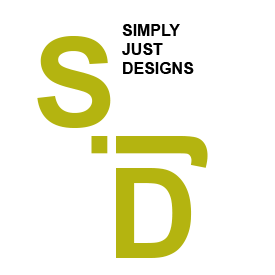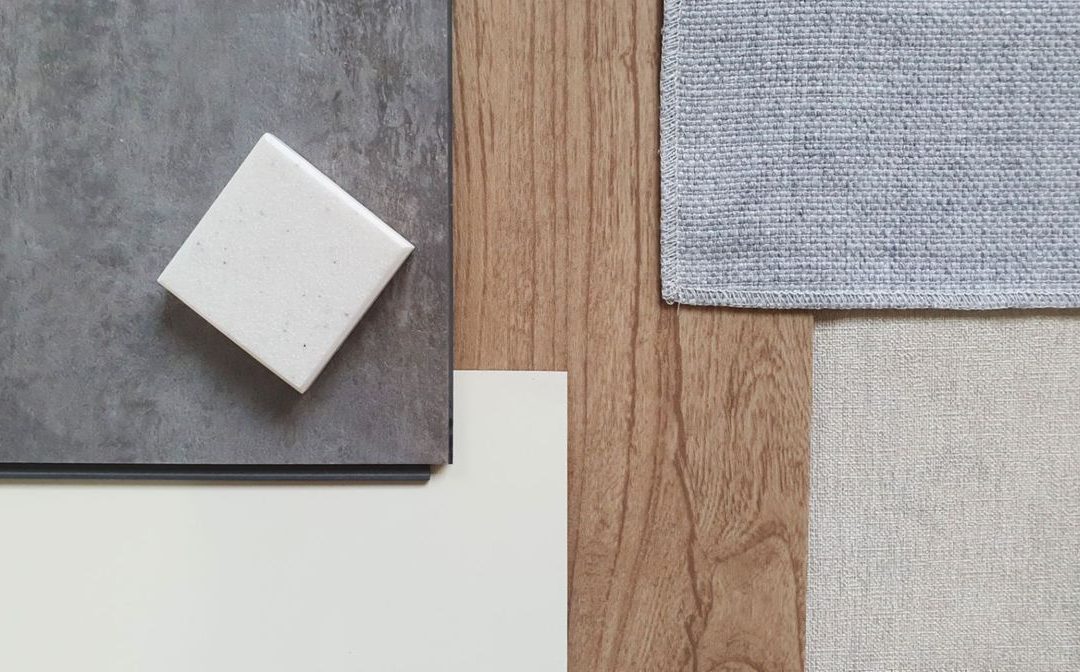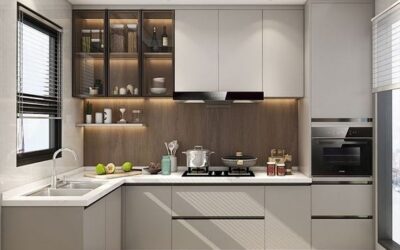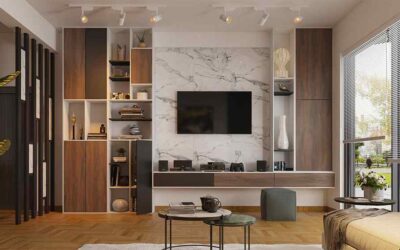
The design world is constantly evolving, and keeping up with the latest trends is essential for any designer who wants to stay ahead of the curve. But beyond the usual color palettes and software updates, a revolution is brewing in the very materials we use to create. From bioluminescent algae to self-healing concrete, the future of design is brimming with innovation and possibility.
Absolutely, staying informed about new materials is crucial for designers to keep their designs innovative, sustainable, and aligned with evolving trends.
Here are some categories of materials and innovations that designers may want to keep an eye on:
- Sustainable Materials:
- Designers are increasingly focusing on eco-friendly and sustainable materials. Examples include reclaimed wood, recycled metal, bamboo, cork, and other materials with low environmental impact.
- Smart Materials:
- Materials that respond to environmental changes or user input, such as self-healing materials, shape-memory alloys, and materials with conductive properties for smart home integration.
- Nanomaterials:
- Nanotechnology is influencing material science. Nanomaterials have unique properties and applications, such as improved strength, enhanced conductivity, and antimicrobial properties.
- Biodegradable Plastics:
- With growing concerns about plastic pollution, designers are exploring biodegradable and compostable plastics as alternatives to traditional plastics.
- 3D-Printed Materials:
- 3D printing has expanded the possibilities for creating customized and complex designs. Designers can use a variety of materials, including plastics, metals, and even concrete, in 3D printing.
- Carbon-Fiber Composites:
- Lightweight and high-strength carbon-fibre composites are becoming more prevalent in furniture, automotive design, and other industries.
- Transparent Wood:
- A novel material that combines the transparency of glass with the strength and insulating properties of wood. It has potential applications in windows and interior design elements.
- Flexible and Bendable Concrete:
- Concrete that is more flexible and lightweight than traditional concrete, offering new possibilities for design and construction.
- Living Materials:
- Materials that are alive or incorporate living organisms, such as bio fabricated materials and materials with integrated plants.
- Graphene:
- Known for its exceptional strength and conductivity, graphene is finding applications in various industries, including electronics and materials science.
- Digital and Interactive Materials:
- Materials that respond to touch, movement, or environmental changes, providing interactive and dynamic design elements.
- Recycled and Upcycled Materials:
-
- Designers are increasingly incorporating recycled and upcycled materials into their projects, contributing to the circular economy.
13. Lightweight and High-Performance Materials:
- Advances in materials like aerogels and advanced polymers are providing designers with lightweight yet strong options for various applications.
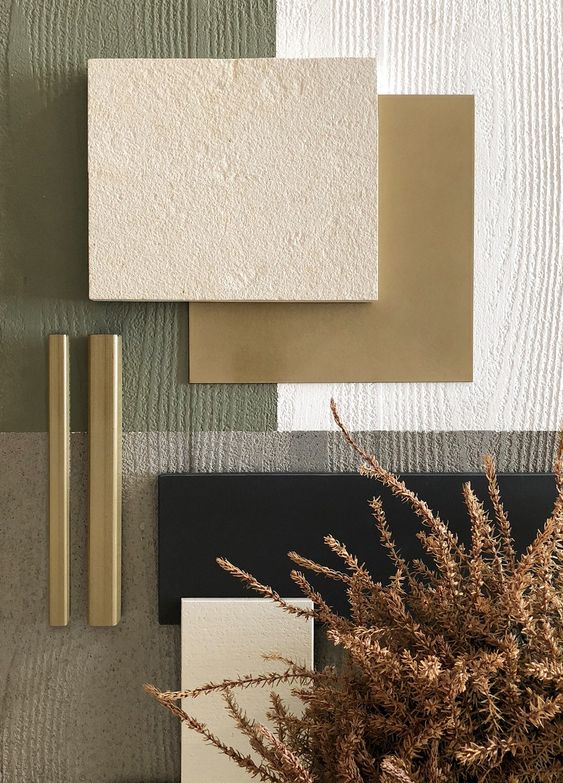
Source: flussocreativo.it
The field of interior design is dynamic, and new materials are continually being developed. Here are some trends to consider:
1. Perforated Crystal Bricks:
-
- Perforated bricks are bricks that have holes or voids intentionally created in them. These voids can serve various purposes, such as allowing light and air to pass through, creating decorative patterns, or contributing to ventilation in architectural designs.
-
- Crystals are known for their transparency, clarity, and ability to refract light. They can be natural or synthetic and are often used for decorative purposes in architecture and design. Crystal materials can include glass crystals, quartz crystals, or other transparent and translucent materials.
-
- If you are considering “perforated crystal bricks,” it could refer to a concept where bricks made from a crystal-like material are intentionally designed with perforations or voids. This could create a unique architectural element that combines the transparency or translucency of crystals with the structural characteristics of bricks.
Potential applications or characteristics of perforated crystal bricks might include:
- Light Transmission: The perforations in the crystal bricks could allow natural light to filter through, creating interesting lighting effects within a space.
- Decorative Patterns: The voids in the bricks could be arranged in decorative patterns or designs, adding an aesthetic element to the architecture.
- Ventilation and Airflow: Perforations can contribute to ventilation and airflow within a structure.
- Privacy and Transparency: Depending on the size and arrangement of the perforations, these bricks could offer a balance between privacy and transparency.
- Innovation and Aesthetics: The use of unconventional materials like crystal-like substances for bricks can contribute to innovative and aesthetically unique architectural designs.
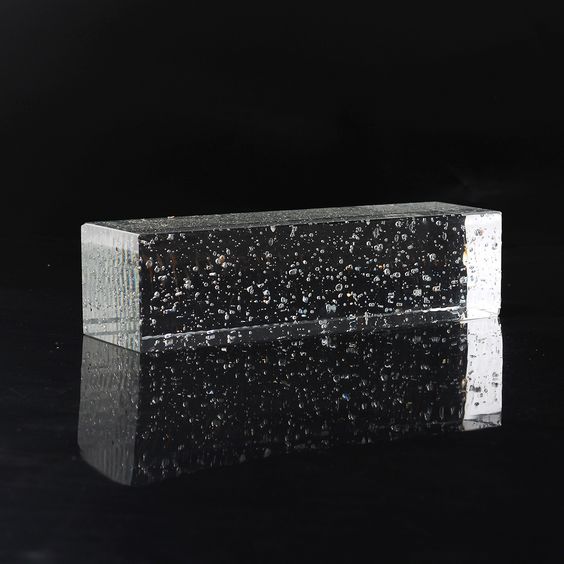
Source: yiwuzuorui.com
- The concept of perforated crystal bricks in interior design holds significant potential for creating unique and visually striking spaces. Incorporating such materials can contribute to a range of design objectives. Here are some ways perforated crystal bricks could be utilized in interior design:
- Decorative Partitions:
Create decorative room dividers or partitions with perforated crystal bricks. The transparency of the crystal material, coupled with the perforations, can establish a sense of separation while maintaining a visual connection between spaces.
- Feature Walls:
Use perforated crystal bricks to construct feature walls that allow light to pass through, creating dynamic patterns and adding an element of intrigue to the design.
- Lighting Integration:
Combine perforated crystal bricks with integrated lighting to enhance the play of light and shadow within a space. The bricks could act as both structural elements and light diffusers.
- Interior Windows and Screens:
Incorporate perforated crystal bricks as elements in interior windows or screens. This can be particularly effective in spaces where privacy is desired without completely isolating areas.
- Backlit Applications:
Backlight the perforated crystal bricks to highlight their transparency. This can result in a stunning effect, especially in low-light environments or during the evening.
- Furniture Design:
Experiment with furniture pieces made from perforated crystal bricks. For example, coffee tables, side tables, or shelving units could feature this material, creating functional yet visually appealing elements.
- Retail and Commercial Spaces:
Consider using perforated crystal bricks in retail or commercial spaces to add a touch of luxury and sophistication. The material can contribute to a memorable and immersive customer experience.
- Aesthetic Texture and Patterns:
Explore different perforation patterns and arrangements to create unique textures and visual patterns. This customization allows for a high degree of creative freedom in design.
- Spatial Transparency:
Achieve a sense of spatial transparency by using perforated crystal bricks in areas where maintaining a connection between different zones is desirable. This is particularly effective in open-plan layouts.
- Dynamic Design Element:
Use the material as a dynamic design element that changes throughout the day as lighting conditions shift. This can create a living and evolving aesthetic within a space.
- Themed Environments:
In themed environments, such as museums or galleries, perforated crystal bricks can be used to convey a sense of lightness, elegance, and modernity.
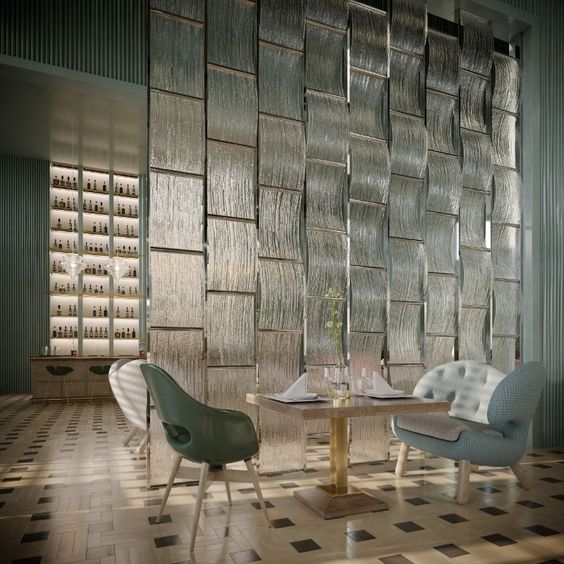
Source: DOMUS
2. Stainless steel corrugated plate:
Stainless steel corrugated plates are specialized structural elements made from stainless steel sheets that are corrugated or formed into a series of parallel ridges and grooves. This corrugation adds strength and rigidity to the plate, making it suitable for various industrial, architectural, and construction applications. Here are some key aspects and applications of the stainless-steel corrugated plates:
- Material Properties:
Stainless Steel: These plates are typically made from stainless steel, which provides corrosion resistance, durability, and strength. Common stainless-steel grades include 304 and 316.
- Corrugated Design:
The corrugated pattern involves forming the stainless- steel sheet into a series of waves or ridges. This design enhances the structural integrity of the plate and provides stiffness.
- Strength and Rigidity:
The corrugation adds strength to the stainless- steel plate, making it suitable for applications where rigidity and load-bearing capabilities are essential.
- Versatility:
Stainless steel corrugated plates are versatile and can be used in various industries and applications, including construction, architecture, automotive, and industrial equipment.
- Roofing and Cladding:
In construction, these plates are often used for roofing and cladding applications. The corrugated design adds strength while allowing for effective water drainage.
- Industrial Applications:
Stainless steel corrugated plates are employed in industrial settings for applications such as flooring, platforms, and structural components where a combination of strength and corrosion resistance is required.
- Architectural Design:
In architecture, corrugated stainless steel plates can be used for decorative purposes, providing a modern and industrial aesthetic. They may be used for facades, interior design elements, or artistic installations.
- Corrosion Resistance:
Stainless steel inherently offers corrosion resistance, making corrugated plates suitable for outdoor and marine applications where exposure to the elements is a concern.
- Ventilation Systems:
The corrugated design of stainless- steel plates is conducive to the construction of ventilation ducts and systems, providing a balance of structural strength and efficient airflow.
- Tank and Silo Construction:
Stainless steel corrugated plates are utilized in the construction of tanks and silos for storage purposes, ensuring the containment of liquids or bulk materials.
- Transportation Industry:
In the transportation sector, these plates may find applications in manufacturing components for vehicles, trailers, and containers due to their strength and durability.
- Energy Sector:
Stainless steel corrugated plates can be used in the energy sector for components in power plants, pipelines, and other infrastructure where corrosion resistance and strength are crucial.
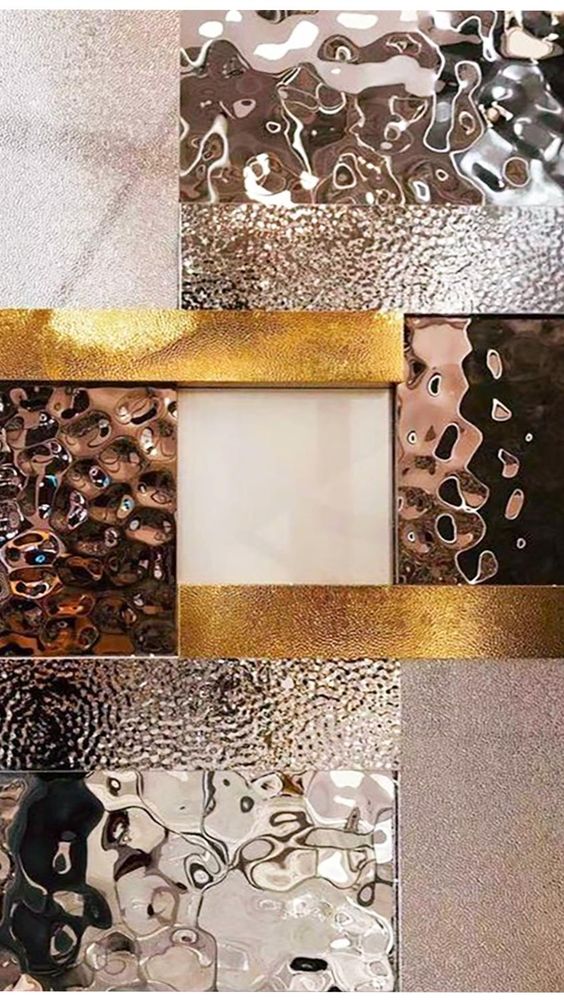
Source: crzmetal.com
- Stainless steel corrugated plates can be a unique and modern addition to interior design, offering a combination of durability, industrial aesthetics, and functionality. Here are several ways in which stainless steel corrugated plates can be incorporated into interior spaces:
- Accent Walls:
- Use stainless steel corrugated plates to create an accent wall in various interior spaces, such as living rooms, bedrooms, or commercial settings. The corrugated texture adds visual interest and a contemporary touch.
- Ceiling Treatments:
- Incorporate corrugated stainless-steel plates as ceiling panels or treatments to introduce an industrial aesthetic. This can be particularly effective in modern and minimalist designs.
- Kitchen Backsplash:
- Install stainless steel corrugated plates as a unique and durable kitchen backsplash. The material is easy to clean, and the corrugated pattern adds a distinctive texture to the space.
- Cabinetry and Furniture:
- Integrate stainless steel corrugated panels into custom cabinetry or as cladding for furniture pieces. This can bring an industrial and robust feel to kitchen cabinets, storage units, or even tables.
- Room Dividers:
- Create room dividers or partitions using stainless steel corrugated plates. The transparency of the corrugation allows light to pass through, maintaining an open feel while defining separate areas.
- Fireplace Surrounds:
- Use corrugated stainless steel as a material for fireplace surrounds. The reflective properties of stainless steel can enhance the visual impact of the fire.
- Staircase Design:
- Apply stainless steel corrugated plates as risers or cladding for staircases, offering a modern and industrial touch to the architectural feature.
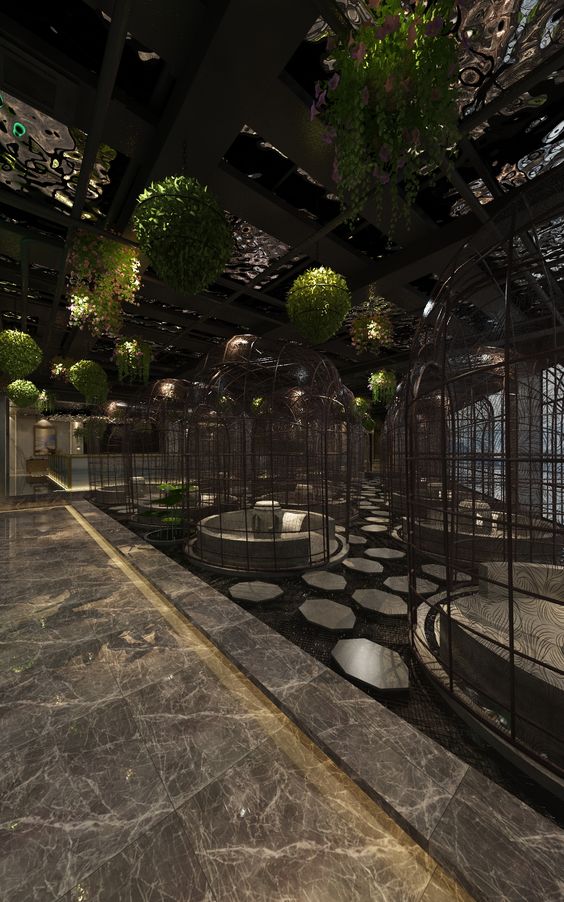
Source: crzmetal.com
3. PU Tiles:
Polyurethane (PU) tiles are a type of flooring or wall covering material made from polyurethane, a versatile and durable synthetic material. PU tiles are known for their flexibility, resilience, and ease of maintenance. They find applications in both residential and commercial spaces. Here are some key characteristics and uses of PU tiles:
- Material Composition:
PU tiles are made from polyurethane, a polymer that results from the reaction between polyols and diisocyanatos. The material is known for its strength, flexibility, and resistance to wear and tear.
- Flexibility:
PU tiles are flexible, making them suitable for installation on uneven surfaces. This flexibility allows them to absorb impacts and stress, enhancing their durability.
- Resilience:
The inherent resilience of PU tiles makes them comfortable to walk on and provides a certain level of cushioning. This is especially beneficial in spaces where people stand for extended periods.
- Ease of Installation:
PU tiles are often designed for easy installation. They may come with interlocking systems or adhesive backing, simplifying the installation process.
- Maintenance:
PU tiles are generally easy to maintain. They are resistant to stains and can be cleaned with mild detergents. The smooth surface makes them easy to sweep or mop.
- Variety of Designs and Colors:
PU tiles come in a variety of designs, patterns, and colors. This allows for creativity in design, making them suitable for various interior styles.
- Water Resistance:
Many PU tiles are water-resistant, making them suitable for use in areas prone to moisture, such as kitchens and bathrooms.
- Durability:
Polyurethane is a durable material, and PU tiles, when properly installed and maintained, can withstand heavy foot traffic and resist wear and tear over time.
- Thermal Insulation:
PU tiles provide a degree of thermal insulation. This feature can contribute to a more comfortable indoor environment and potentially lead to energy savings.
- Commercial and Residential Use:
PU tiles are suitable for various settings, including residential spaces like living rooms, bedrooms, and kitchens, as well as commercial spaces such as offices, retail stores, and healthcare facilities.
- Sound Absorption:
The flexible nature of PU tiles contributes to their ability to absorb sound, making them suitable for spaces where noise reduction is desirable.
Anti-Slip Properties:
Some PU tiles come with anti-slip features, providing added safety in areas prone to moisture or spills.
- Environmentally Friendly Options:
Some manufacturers offer eco-friendly PU tiles with recycled materials or sustainable sourcing, contributing to more environmentally conscious design choices.
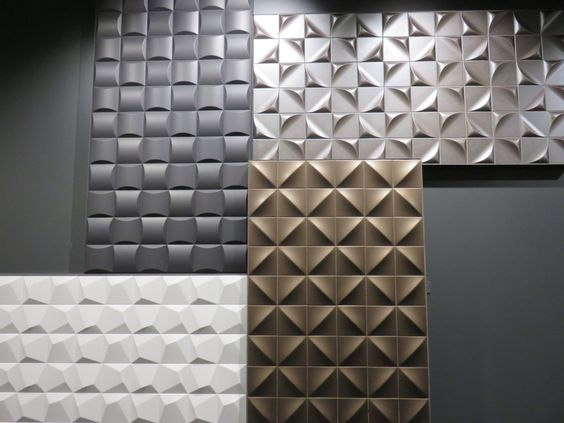
Source: tileofspainusa.com
4. FRP Alluvial Rock: (Fiber-Reinforced Polymer)
FRP is a composite material made of a polymer matrix reinforced with fibers, such as glass, carbon, or aramid fibres. These materials are known for their high strength-to-weight ratio, corrosion resistance, and versatility in various applications. Here are some insights into how FRP materials, in general, might be incorporated into interior design and the potential considerations:
- Accent Walls and Features:
- FRP panels with an alluvial rock design could be used to create accent walls in interior spaces. These panels might offer a visually interesting and textured surface, contributing to the overall aesthetic of the room.
- Customized Surfaces:
- FRP allows for a high degree of customization in terms of color, texture, and form. Designers could leverage this flexibility to create custom surfaces resembling alluvial rocks for specific interior design concepts.
- Sculptural Elements:
- Alluvial rock-inspired FRP sculptures or installations could serve as unique and artistic focal points in interior spaces, adding a touch of nature-inspired design.
- Lightweight Decor:
- FRP materials are known for their lightweight nature. Incorporating FRP alluvial rock elements could be a practical choice for creating decorative features that mimic the appearance of rocks without the weight associated with natural stones.
- Furniture Design:
- FRP can be moulded into various shapes, making it suitable for designing custom furniture pieces with an alluvial rock aesthetic. This could include tables, chairs, or decorative items.
- Themed Environments:
- In certain interior design themes or environments, such as spas or wellness centers, FRP alluvial rock elements might contribute to a calming and natural ambiance.
- Ceiling and Flooring Applications:
- Depending on the specific properties and finishes of the FRP material, it might be used for unique ceiling treatments or flooring designs that mimic the appearance of alluvial rocks.
- Retail and Commercial Spaces:
- FRP alluvial rock features could be integrated into retail or commercial spaces to create visually engaging environments that align with specific brand aesthetics.
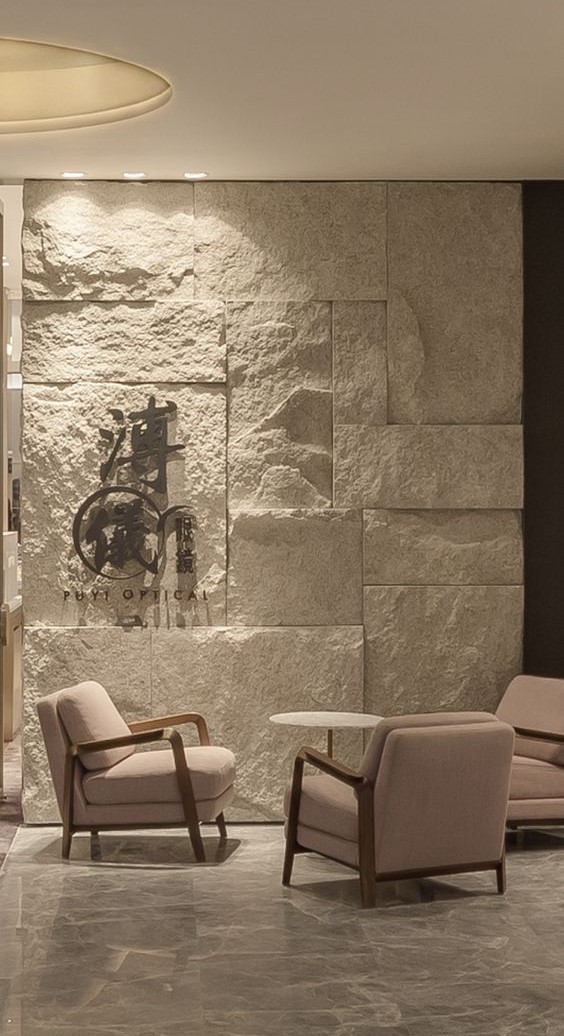
Source: M usman
5. Abyssal Mirror:
An “abyssal mirror” in the context of interior design could be a unique and captivating element that brings a sense of depth, mystery, and oceanic inspiration to a space. Here are some ideas on how you could integrate an abyssal mirror into interior design:
- Deep Blue Tint:
- Choose a mirror with a deep blue or navy tint to simulate the colors of the abyss. This can create a moody and immersive effect.
- Distorted Reflections:
- Opt for a mirror with a distorted or irregular surface to mimic the natural distortions found in deep water. This can add an artistic and unconventional touch.
- Underwater Scene Artwork:
- Surround the mirror with artwork or decals depicting underwater scenes, such as coral reefs, schools of fish, or abstract representations of the abyss. This creates a thematic focal point.
- LED Backlighting:
- Install LED backlighting behind the mirror to simulate the bioluminescent glow of deep-sea creatures. This adds a dynamic and ethereal quality to the mirror.
- Organic Frame Design:
- Choose a mirror with an organic or fluid-shaped frame that resembles underwater elements like seaweed, coral, or flowing water. This enhances the connection to oceanic themes.
- Incorporate Shells or Seashells:
- Decorate the area around the mirror with shells or seashells to enhance the coastal or underwater ambiance. You can scatter them on a shelf or incorporate them into the frame design.
- Interactive Features:
- Explore mirrors with interactive features, such as touch controls that adjust lighting or display underwater animations. This adds a modern and engaging element to the design.
- Weathered or Antique Finish:
- Choose a mirror with a weathered or antique finish to evoke a sense of age and mystery. This can contribute to the overall aesthetic of an abyssal theme.
- Underwater Soundscapes:
- Enhance the experience by incorporating underwater soundscapes through speakers near the mirror. This adds an auditory dimension to the overall ambiance.
10. Custom Artistic Design:
- Work with a custom furniture or mirror designer to create a unique, artistic abyssal mirror that aligns with your vision for the space.
11. Strategic Placement:
- Consider placing the abyssal mirror in a location that maximizes its impact, such as in an entryway, living room, or bathroom where it can serve as a focal point.
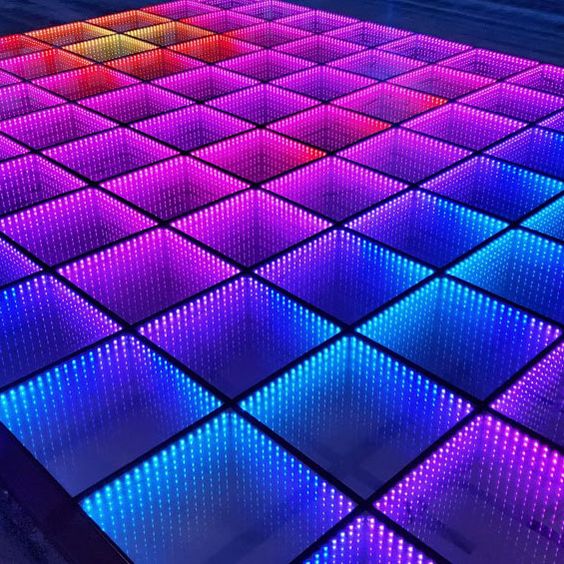
Source: CGE Interactive
Conclusion
Staying informed about these emerging materials allows designers to push the boundaries of creativity, address sustainability concerns, and adapt to changing technological landscapes. Additionally, understanding the properties and applications of these materials is essential for making informed decisions that align with the functional and aesthetic goals of a design.
Get Free Design

About Author apurva nagure
You May Also Like…
The Ultimate Guide to Small Modular Kitchen Designs in 2024
A brief overview of Small Modular Kitchen DesignThe space...
Top 10 TV Unit Designs to Enhance Your Home Interiors
Television unit designs have changed in response to changing...
